It’s important to bear in mind various details when it comes to chicken wire mesh. Sitting at the forefront of this is the size of the mesh, followed by the type of wire employed, as well as its thickness (wire gauge) and material.
When choosing the right size of mesh for your chickens, it is critical to weigh the amount of space they will have. Too tight of a mesh will make the confinement close and uncomfortable. If the mesh is too wide though, your chickens may find a way out and escape.
It is essential to choose the correct type of wire when constructing a mesh structure; two popular options being galvanized and stainless steel wires. Although galvanized wire may be a better bargained option, its unfortunate drawback is rusting over time. On the contrary, stainless steel wire is more pricey but will spare you from the headache of rust which makes it worth the investment.
The weight and thickness of the wire are paramount; this will dictate the strength of the mesh. The heftier the wire, the sturdier the resulting construction will be.
When deciding which material to use for a wire, cost and durability must be considered. Typically, aluminum and copper are chosen for their favorable balance of both. Although aluminum is less pricey, its strength falls short of copper’s. On the other hand, copper comes with an increased price tag but offers superior durability.
Understanding the criteria needed to identify which chicken wire mesh best fits your needs has now been simplified. You can easily narrow down the options in order to make your selection.
Related Product
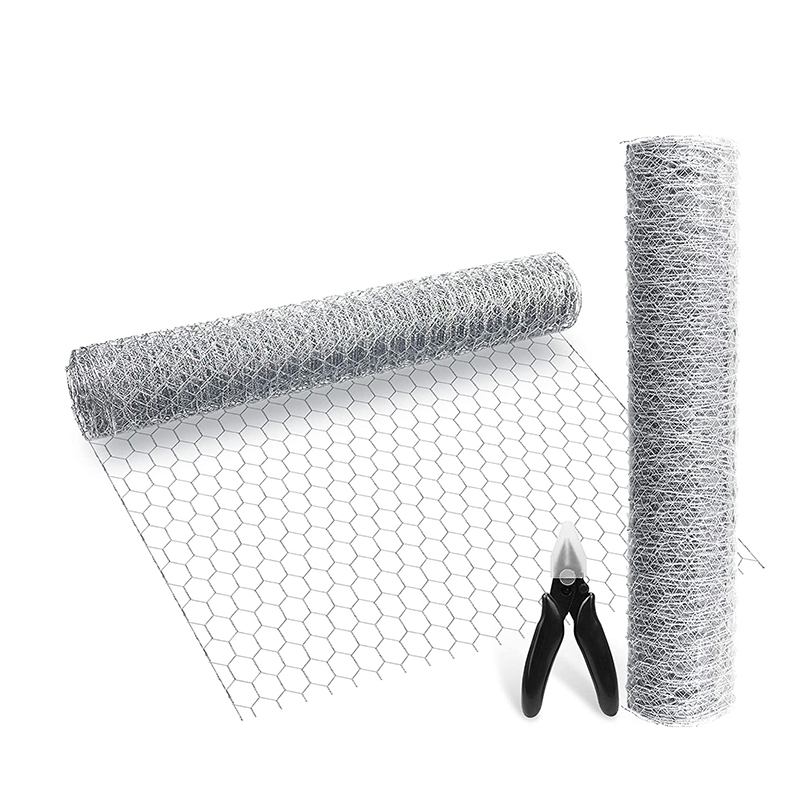
Hexagonal Wire Mesh
Product information: PVC Coated Hexagonal Wire Netting Mesh Wire Gauge (MM) Width Inch MM – – 1/2″ 13mm 0.6mm – 1.0mm 2′ – 2M 3/4″ 19mm 0. […]
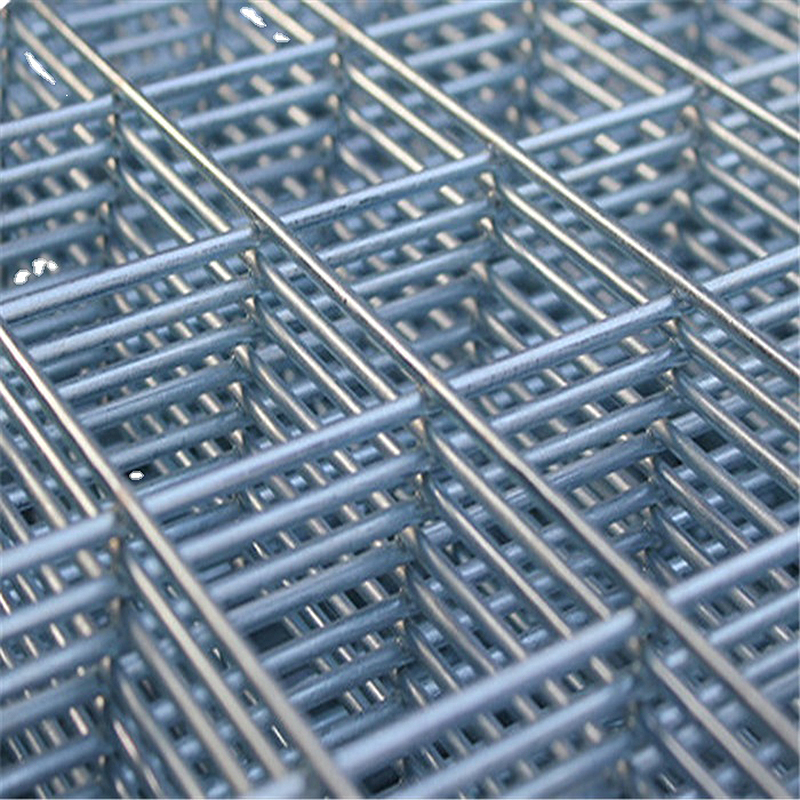
Welded Wire Mesh Panels
Product information: 1.Materials:Stainless steel wire, Low carbon steel wire, Galvanized wire 2.Style: (1)Electro or Hot dipped galvanized after or before welding; (2)Stainless ste […]
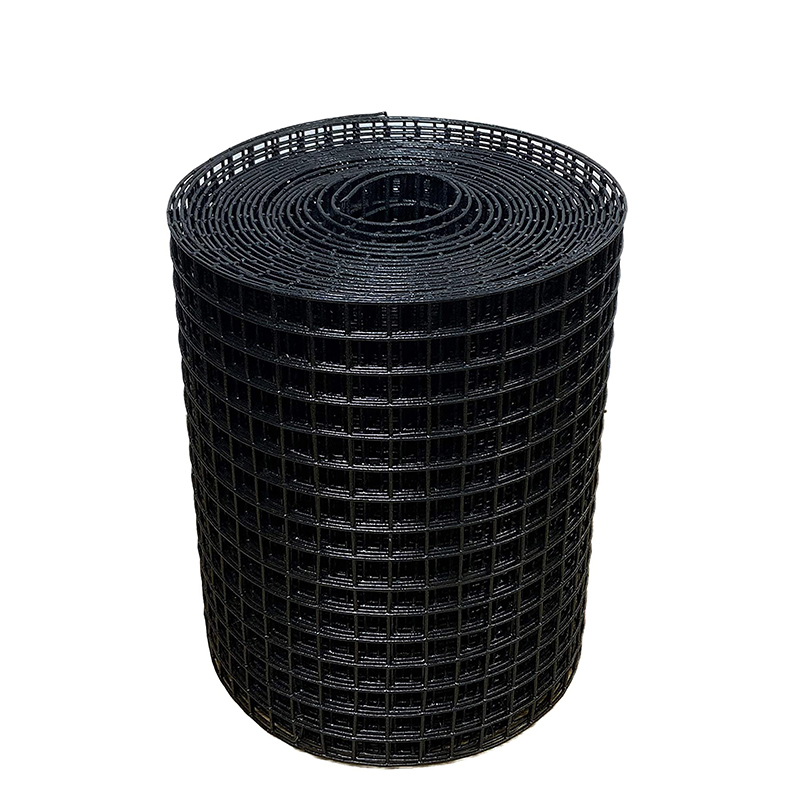
Pvc Coated Wire Mesh
Product information: PVC coated welded mesh Mesh size Wire diameter (in mm) Width&Length In inch In mm Before coating After coating Width:0.5m-2.0m Length:25m,30m […]
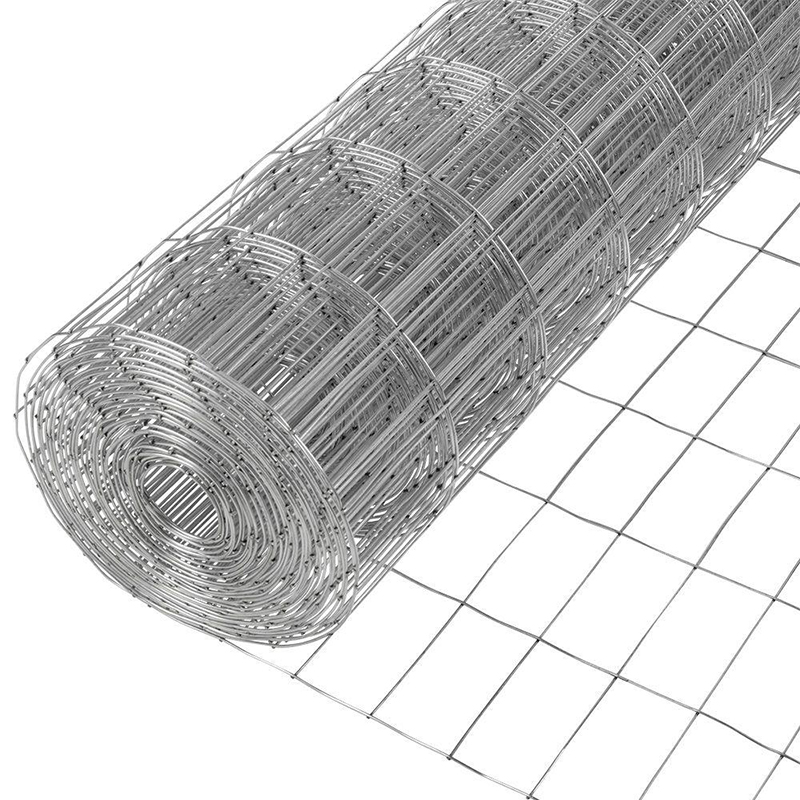
Welded Wire Mesh
Welded wire mesh is one popular materials in concrete, construction and industry. It is made of low carbon steel wire, stainless steel wire after welding and surface treating. Weld […]
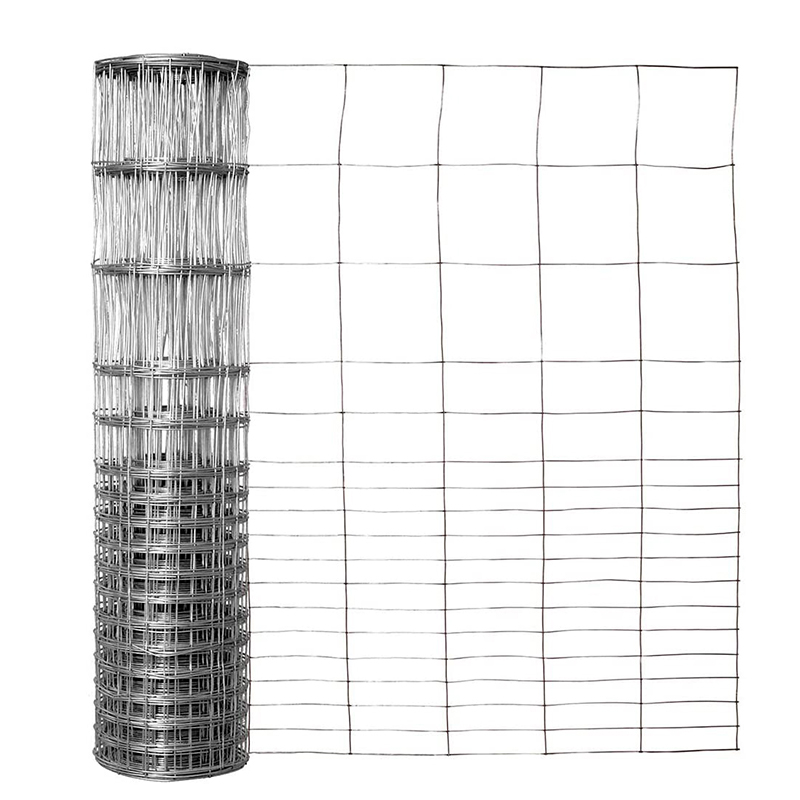
Hot Dip Galvanized Steel Field Fence
Product information: Field Fence also called Grassland Fence,Cattle Fence,Kraal Network Fence,Farm Fence is a widely used in America and Europe.Field fence is manufactured in a wid […]
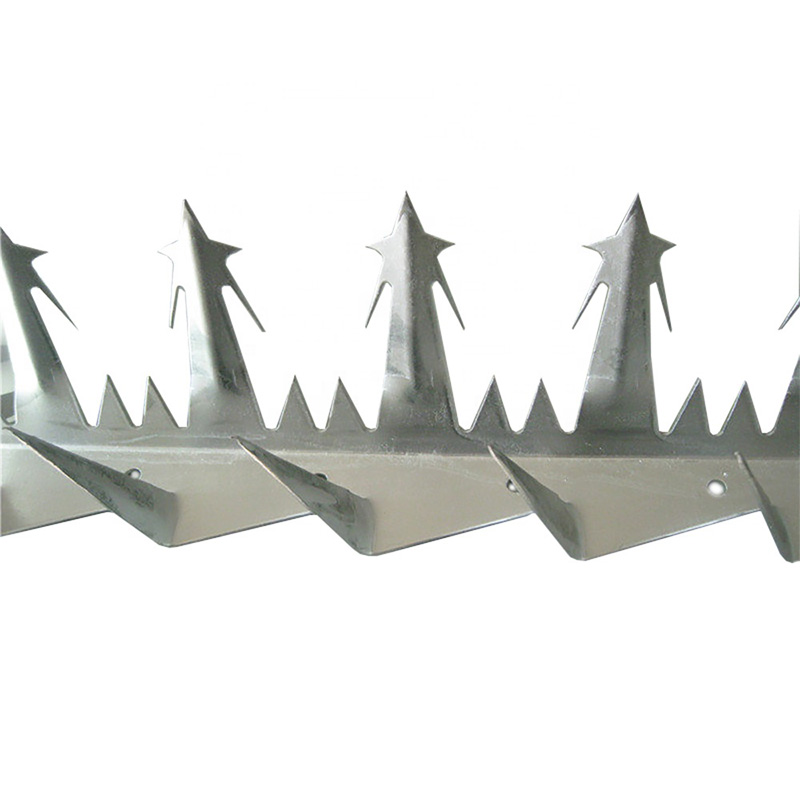
Anti Climb Wall Spikes
Product information: Big Sized Wall Spike Specification Type Big Sized Wall Spike A Big Sized Wall Spike B Model Number Anti-Climb wall Spikes Material HOT DIPPED GALVANIZED STAINL […]
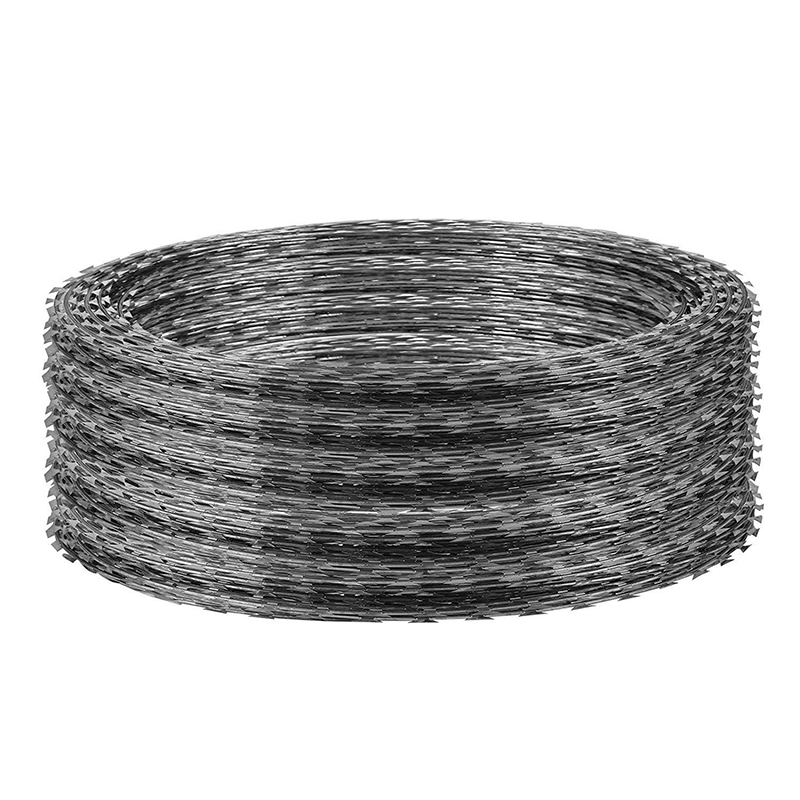
Razor Wire
Product information: Concertina Razor Wire is widely used for construction of high security fencing projects in military and national defence. We export directly and supply Razor W […]
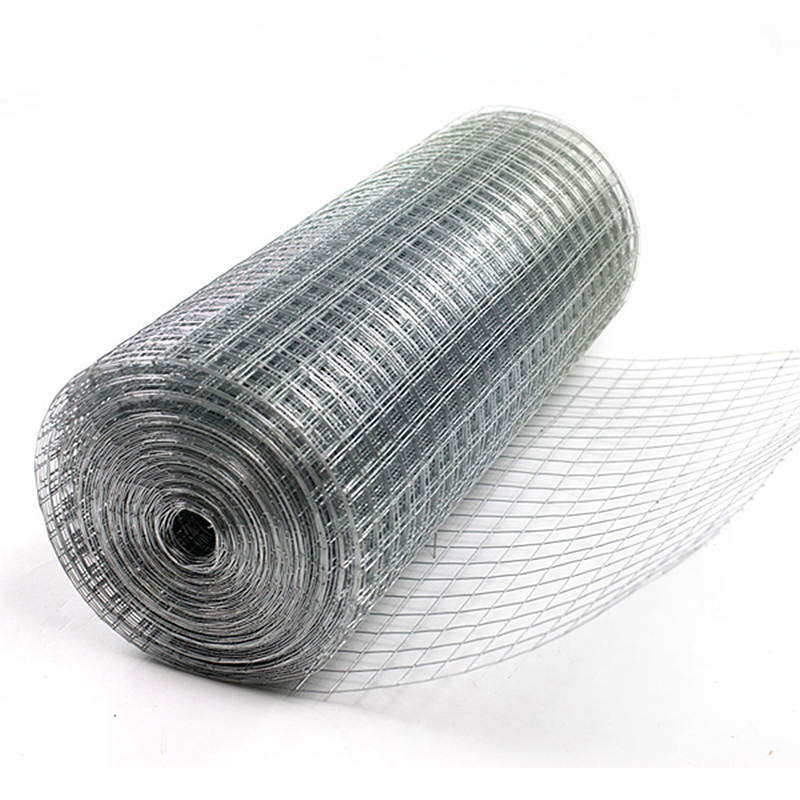
Hardware Cloth
Product information: Welded wire mesh is welded form superior low carbon steel wire and then galvanized or pvc coated or stainless steel wire and then welded. It features smooth su […]
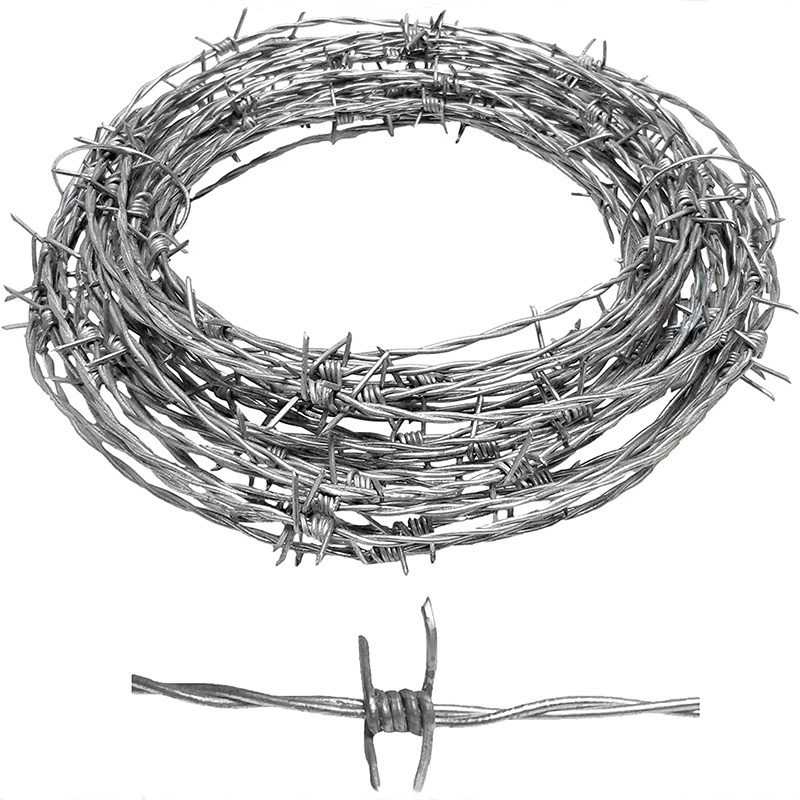
Barbed Wire
Product Information: Barbed Wire Material High quality low carbon steel wire, iron wire, etc. Category 1.Hot dipped galvanized 2.Electric galvanized 3.PVC coated Weving and Charact […]
Post time:2023-07-04

